5. Intolerance: Love’s Struggle Throughout the Ages (1916)
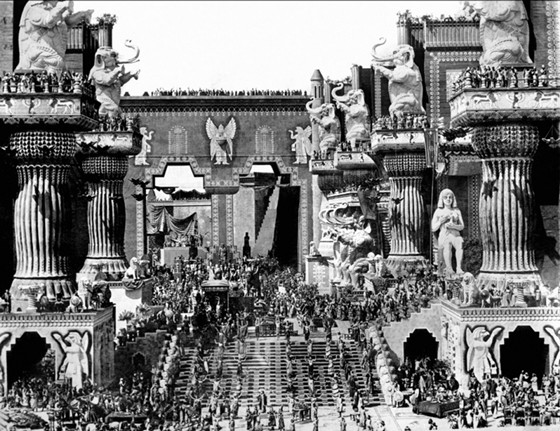
Told through four episodes of vain violence, rationally dispersed in our kind’s history, D.W. Griffith’s “Intolerance: Love’s Struggle Throughout the Ages” indeed is a repeating fruitless struggle of the human decency to prevail over an eternal vice. From ancient Babylon to modern America, the film sweeps prejudice, one of the grimmest components of our nature, divesting it from its ethnic cloth and exposing it in its intertemporal scratched flesh.
In this primal outstanding piece of the seventh art, the great artist of the silent era D.W. Griffith reports in a quite effective way the hypocrisy of the man-made ethical standards that have regularly been opposed to the pure humane needs, causing horror and pain instead of order and peace. The story’s sincere warmth, as it hides in a soft core surrounded by cold-blooded conventions, directly strikes every viewer even now, 100 years since its release.
Apart from the daring thematic landscape on which the film is developed, Griffith exhibits a pioneering narrative form. A synthesis of four parallel stories that essentially unfold around the same idealistic epicenter definitely used to be a rough task back in the 1910s. The narrative composition, as well as the visual style of “Intolerance” has clearly affected cinema in an indirect yet catholic manner.
4. Napoleon (1927)
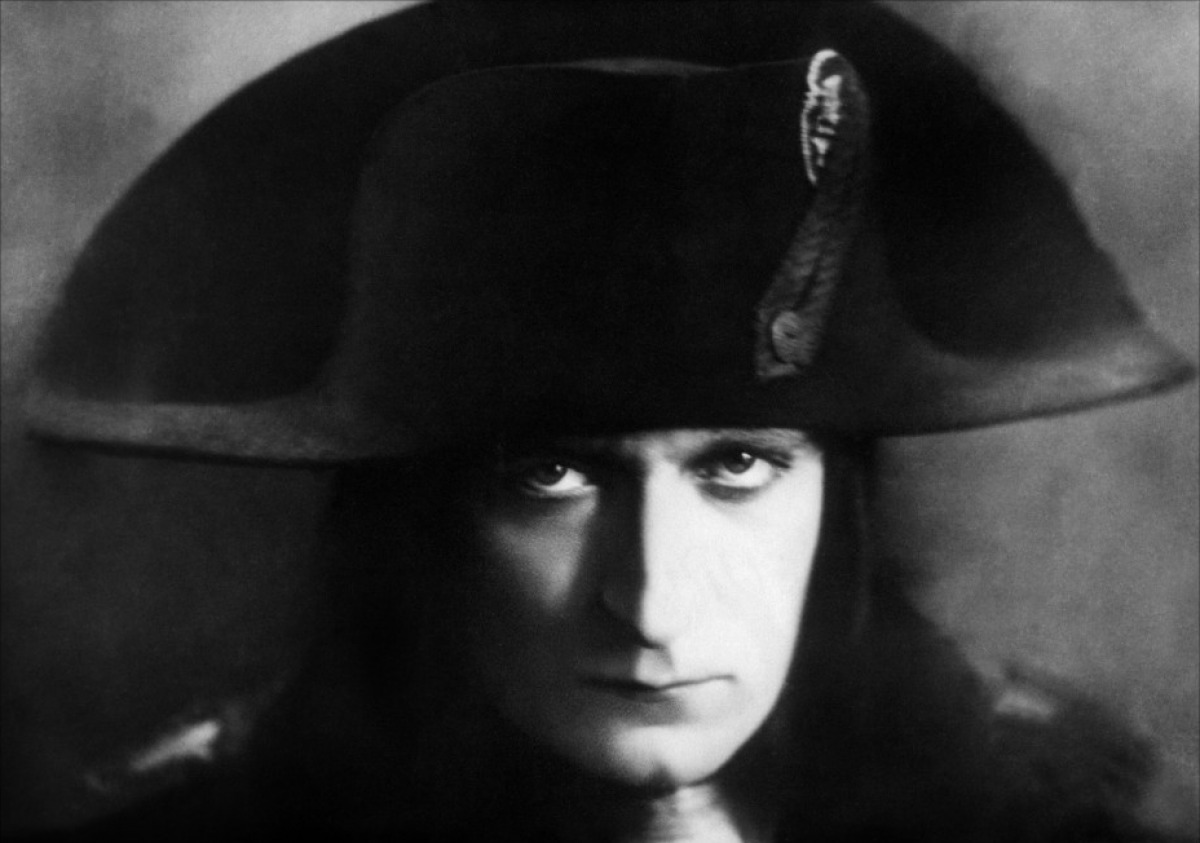
Noted in its era, almost lost later on and restored during the early 80s, the epic tale of Napoleon’s life by French filmmaker Abel Gance is a long-lasting masterful work of the silent cinema that emerged as a brief clunk a bit before the era’s overtone.
As a biopic piece, “Napoleon” refers to the legendary French statesman since his childhood, through his maturation on a course of political climax and until his completed dynamics as a military leader. Except for its historical value, the film is distinguished by exceptional technical dexterity, which is highlighted in its final scene that includes a 20-minute-long sequence of a triptych.
Back in 1981, when the restored edition of “Napoleon” was projected in theaters accompanied by live orchestra score, the experience used to be an extraordinary spectacle for the audience. Perceived as a renascent vein of cinema that traces back to a dead past all the same, this is a priceless artifact of both the seventh art and history.
3. Greed (1924)
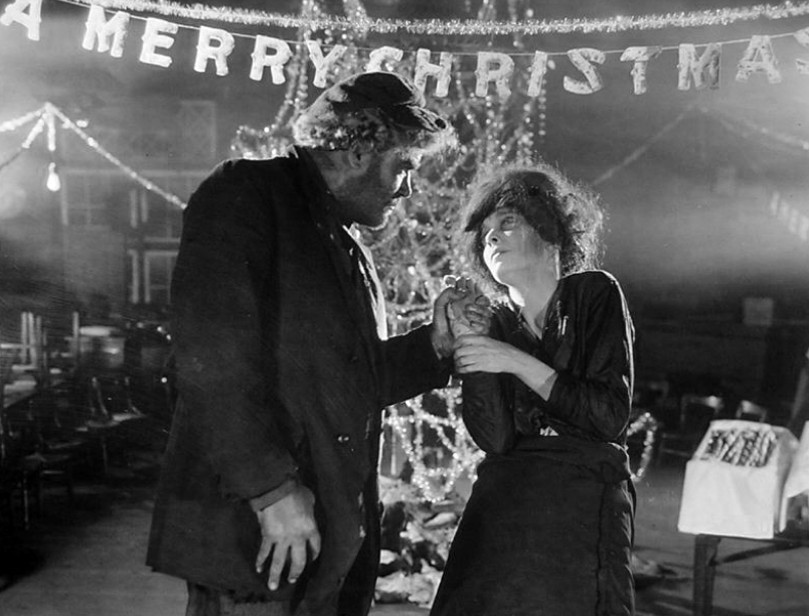
Erich von Stroheim’s fatalistic tale of “Greed” could perchance stir your spine in the same way as Franz Kafka’s “The Trial.” Originally longer than 9 hours, so as to give a real-life dimension to its times and pitch-black sentiments, the film was edited in a 140-mintute version that seems to have lost none of its power.
Inspired by the darkest aspects of human nature, as well as by the most corrupted parameters of its setting, “Greed” tells the story of a humble man who was doomed to creep in the shadows of a crippled life, until he ended up lying in the hostile soil of the sardonically named curve of Death Valley. Blinded by unsaturated lust and resentment, the story’s human being seem to spin on a vain whirlwind of malice until their unavoidable end.
Pessimist and existential, Stroheim’s fractured reflection of the world lying around him is carved by crude flashes of originality that equip it with an invulnerable strength. Its realistic exposition, as intended by the shot locations and directing style, imparts a dense tangible body to the story’s idealistic locus. In its timeless and honest melancholy, this is one of the best silent films ever made.
2. The Birth of a Nation (1915)
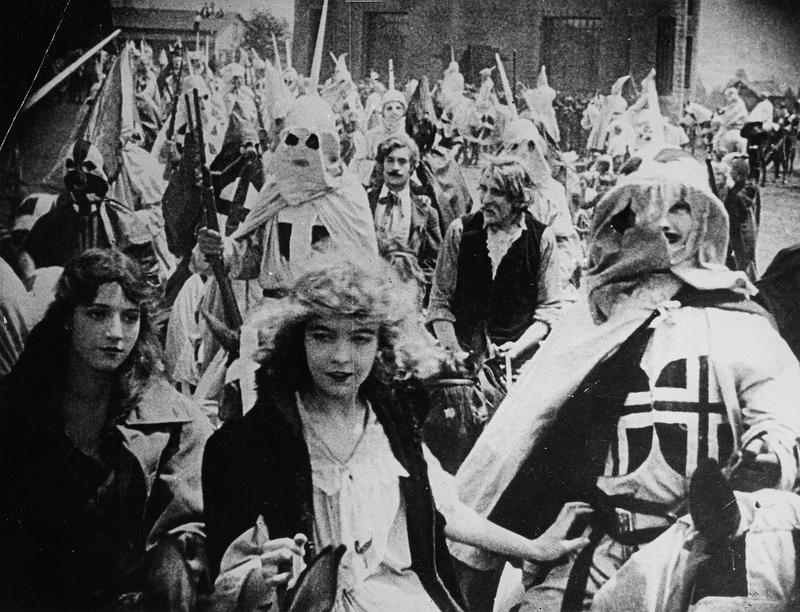
In strict terms of filmmaking, D.W. Griffith’s controversial picture “The Birth of a Nation” is nothing less than a cinematic cornerstone‒ nothing less than a start line of the art of cinema as we nowadays experience it. Focusing on the Great War as it affected the New World, Griffith would create a visually breathtaking film that still comprises his greatest achievement and his aching shame.
The picture’s plot is well-known: The Stonemans from the North and the Camerons from the South used to be friends during peaceful times until the outburst of World War I in America finds them in opposing armies. As the war’s rearrangements include the dominion of African-Americans in the South, one of the Camerons’ gets involved in the “white supremacist hate group” of Ku Klux Klan.
No doubt, the tribal approach of Griffith here used to be controversial back then and unacceptable in our times. Keeping this fact aside, “The Birth of a Nation” sustains an insuperable glory so in relation to its narrative innovation, as in relation to its stunning visual complexity. Studied over and over again, this eternal masterpiece of visual arts will never stop being a shiny gem in every film lover’s treasury.
1. Metropolis (1927)
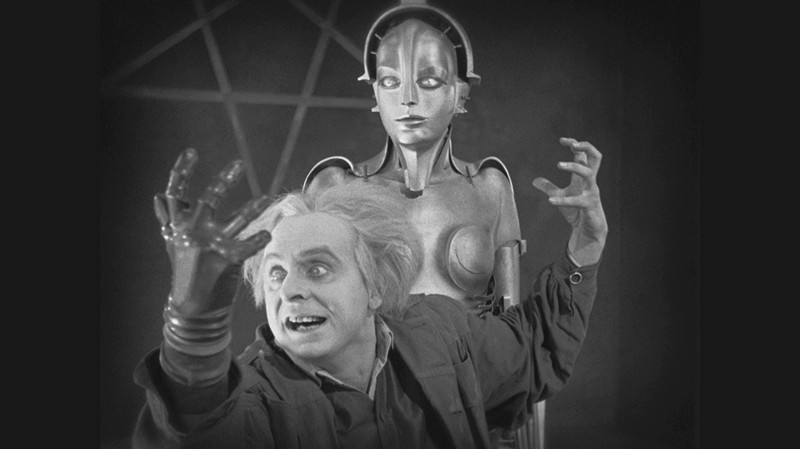
So it is, we began this list with Fritz Lang and we could never close its circle with something else than Lang’s greatest masterpiece: “Metropolis.” Perhaps if one was asked to choose the most timeless piece of the seventh art, the most pioneering and classic at the same time, this is it. This film can’t be watched in a loose state of mind and body‒ you’ll definitely hold your breath as if an invisible butterfly wouldn’t stir.
Based on the intertemporal chasm between the great masses of the working class and the few ones that comprise the ruling class, this 1927 sci-fi visual miracle portrays a utopian over-technologized environment that appears futuristic even in our times. Obviously presaging the thematic motif of numerous subsequent sci-fi works, “Metropolis” reflects the need of humans to dominate over independent technology that sprang from their own intelligence.
Lang, quite earlier than the genre’s flourishing, suggested that power remains to power, as the scientific/technological progress follows a stable social distribution of the production means. Such an imbalance heightens the social divide, and by extent, the need for change. In the world of “Metropolis,” humans are used by the machine’s monster‒ not the opposite. Before dealing with this fact in real life, to some degree, Lang was the first filmmaker to warn us.
Among “Blade Runner” and “2001: A Space Odyssey,” this quite old yet ageless piece of art exhibits the most profound, existential, humanitarian and pensive ideas compared to any other science fiction movie as yet. On its inconceivably contemporary synthesis, it will never stop inflaming awe as regards the endless abilities of philosophy, art and science all the same.